Naranjan S Dhalla, St. Boniface Hospital Albrechtsen Research Centre, Canada
Although sudden cardiac death is considered to be a major mode of death in patients with heart failure, no satisfactory medical therapy is available for its prevention. Since over activation of sympathetic nervous system is invariably seen in subjects with high risk for sudden ca [....] » Read More

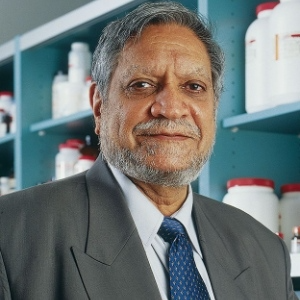






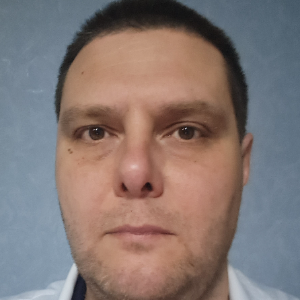

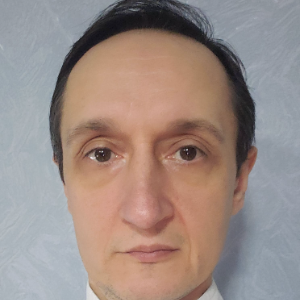

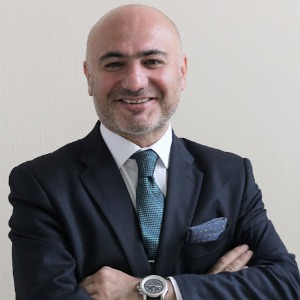









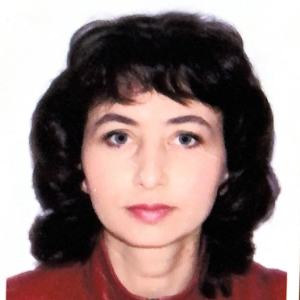

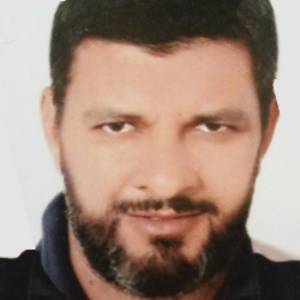










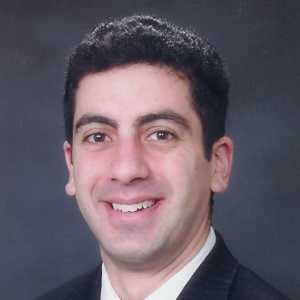










Title : Managing total chronic coronary occlusion: Noninvasive External Counterpulsation (ECP) induces collaterogenesis, relieving ischemia, as demonstrated by quantitative PET myocardial perfusion imaging: ECP is a cost-effective alternative to high risk PCI
Michael E Merhige, State University of NY at Buffalo, United States
Background: External Counter Pulsation (ECP) is an FDA approved, noninvasive, treatment for patients with refractory angina, who are not candidates for low-risk interventional revascularization, such as those with chronic total coronary occlusion (CTO). ECP uses sequentially [....] » Read More
Title : Novel signaling pathways and therapeutic options for pulmonary hypertension
Yong Xiao Wang, Albany Medical College, United States
Pulmonary hypertension (PH) is a common and devastating lung disease. The current primary medications for this disease are to use non-specific vasodilators, but patients do not always respond well to non-specific vasodilators. Voltage-dependent potassium channels and store-operat [....] » Read More
Title : Personalized and Precision Medicine (PPM) as a unique healthcare model to be set up through biodesign-inspired and biotech-driven translational applications and cardiology-related marketing to secure the human healthcare and biosafety
Sergey Suchkov, N. D. Zelinskii Institute for Organic Chemistry of the Russian Academy of Sciences, Russian Federation
A new systems approach to diseased states and wellness result in a new branch in the healthcare ser-vices, namely Personalized and Precision Medicine (PPM). To achieve the implementation of PPM concept, it is necessary to create a fundamentally new strategy based upon the re [....] » Read More
Title : How do nutraceuticals protect against heart disease?
Dipak P Ramji, Cardiff University, United Kingdom
Atherosclerosclerotic cardiovascular disease (ACVD) is responsible for a third of all global deaths. Although a reduction in morbidity and mortality from ACVD has been achieved recently by lifestyle changes and pharmaceutical intervention, this is expected to reverse in the futur [....] » Read More
Title : Cuffless blood pressure monitoring using multiple artificial intelligence models
Prabode Weebadde, Purdue University, United States
In the U.S., every year, about 800,000 people die due to cardiovascular diseases (CVD) or diseases related to the heart and blood vessels. Of those 800,000, 650,000 deaths were related to the heart, and 150,000 were related to blood vessels. To put it in another perspective, ever [....] » Read More
Title : The cardiovascular hospitalist, a paradigm shift: Impact of specialty hospitalists on clinical, financial, and operational care delivery in a large us health care institution (Intermountain Health)
Blake I Gardner, Intermountain Health, United States
Intermountain Health is a large integrated healthcare institution in the western United States that prioritizes value-based care, even at times when it appears contrary to regional and national payment models. Because of this focus, Intermountain Health has been at the forefront [....] » Read More
Title : Antibodies with functionality as a new generation of translational tools designed to monitor autoimmune myocarditis at clinical and subclinical stages
Sergey Suchkov, N. D. Zelinskii Institute for Organic Chemistry of the Russian Academy of Sciences, Russian Federation
Catalytic Abs (catAbs) are multivalent immunoglobulins (Igs) with a capacity to hydrolyze the antigenic (Ag) substrate. In this sense, proteolytic Abs (Ab-proteases) represent Abs to provide proteolytic effects. Autoimmune myocarditis (AIM) can be defined as the autoimmune i [....] » Read More
Title : Multidisciplinary approach to cardiovascular patient
Lusine Harutyunyan, Adventist Health, United States
Importance on multidisciplinary approach to cardiovascular patients- specifically ASCVD and CHF groups. Financial and socioeconomic burden of cardiovascular disease and ways to improve patient outcomes and patient satisfaction. Will discuss ways to standardize medical care. ACC/A [....] » Read More
Title : Modeling human heart development and congenital disease using an iPSC-based 3D bioprinted model of embryonic human heart
Vahid Serpooshan, Emory University and Georgia Institute of Technology, United States
Human cardiogenesis is a finely orchestrated process that involves dynamic genetic and morphological changes. However, the cellular and microenvironmental processes underlying the human heart development remain obscure, due to limited access to human heart in utero and the lack o [....] » Read More
Title : IV Iron in heart failure -A Quality Improvement Project (QIP)
Qazi Naeem ur Rehman, Wirral University Teaching Hospital NHS Foundation Trust Wirral, United Kingdom
Introduction: Heart failure affects more than 64 million people worldwide and causes significant morbidity and mortality. The prevalence of iron deficiency (ID) can reach up to 59% in patients with heart failure. ID is an independent predictor of outcomes and major contributor to [....] » Read More
Title : Unlocking the cardiac vector theory and einthoven equilateral triangle model: A paradigm shift or a major transition in ECG interpretation?
T Rajini Samuel, Shri Sathya Sai Medical College and Research Institute, India
Introduction: Electrocardiogram (ECG) has offered immense clinical value for more than a century yet its interpretation remains an arduous task and ECG phobia develops in some of the junior doctors and staff nurses often seeking the help of medical experts in that field. Ei [....] » Read More
Title : Anesthetic management of a patient with dilated cardiomyopathy posted for hernioplasty
Vivek Vaibhav, Rama Medical College Hospital and Research Center, India
Dilated cardiomyopathy (DCM) is a myocardial disease characterised by ventricular dilatation and global myocardial dysfunction (ejection fraction < 40%). Patients usually present with symptoms of biventricular failure, e.g. fatigue, dyspnoea, orthopnoea, ankle oedema A [....] » Read More
Title : Erythrocytes and distribution of the information in the human body
Merab Beraia, Tbilisi State University, Georgia
At the beginning of blood flow, red blood cells (RBCs) align in the central plane of the vessels. In capillaries, RBCs change from a biconcave disk to a parachute shape and as blood moves from the arterial to the venous end, hemoglobin in erythrocytes alters magnetic susceptibili [....] » Read More
Title : Harm reduction in smoking: What does the scientific evidence say?
Cristina Milagre Quadros Borges, Hcor- Heart Hospital of Sao Paulo, Brazil
Smoking is considered a chronic disease, caused by chemical dependence of nicotine. This is highly addicting, it in the brain system, it infuences our emotions increases the feeling of pleasure/humor and reduces the anxiety. In a planet with about 8 billion people, around 1 [....] » Read More
Title : Ambulatory blood pressure monitoring in patients with diabetic nephropathy
Samia Barbouch, Charles Nicolle Hospital, Tunisia
Diabetic nephropathy (DN) is the main cause of renal failure worldwide. DN is often associated with high blood pressure (BP), and these two pathologies seem to maintain each other. However, the impact of this nephropathy on the fluctuations of blood pressure is not well establish [....] » Read More
Title : Anti-atherogenic actions of punicalagin and its metabolites
Faizah Albalawi, Cardiff University, United Kingdom
Atherosclerotic cardiovascular disease (ACVD) is responsible for most global morbidity and mortality, contributing to a third of all deaths worldwide. ACVD is a low-grade chronic inflammatory disorder of the vasculature that is associated with build-up of lipids, cellular debris [....] » Read More